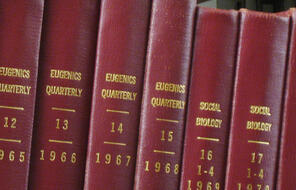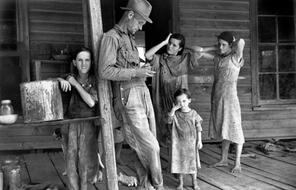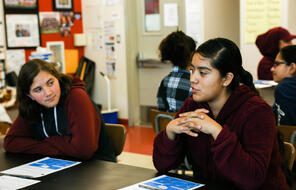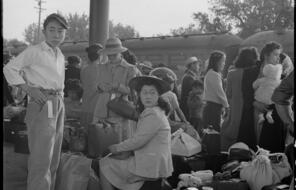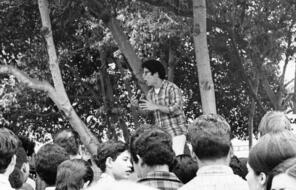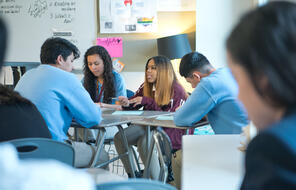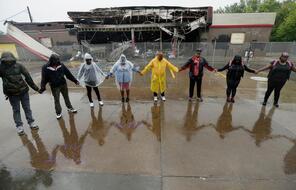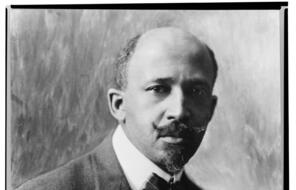Overview
About This Lesson
Literary critic Wayne C. Booth writes that the plots of great stories “are built out of the characters’ efforts to face moral choices. In tracing those efforts, we readers stretch our own capacities for thinking about how life should be lived.” 1 In order to understand the moral choices depicted in To Kill a Mockingbird, we must first look at both the identities of those making moral choices and the context in which they are made. In other words, we must start by examining character and setting.
Just as character includes more than surface traits, setting goes well beyond simply establishing the time and place of the novel. Meaningfully understanding the setting of To Kill A Mockingbird requires understanding the moral universe in which the story takes place. In other words, it requires having a sense of the “rules, constraints, possibilities, potential conflicts and possible consequences” 2 that affect the choices the characters make.
This lesson explores the setting of To Kill a Mockingbird in order to understand the moral choices that characters make in the novel. You'll find activities that use our original video about the Jim Crow South, Studs Terkel radio clips offering first-hand accounts of the Great Depression, and readings from Teaching Mockingbird.
Preparing to Teach
A Note to Teachers
Before you teach this lesson, please review the following guidance to tailor this lesson to your students’ contexts and needs.
Lesson Plans
Activities
Materials and Downloads
Maycomb's Ways: Setting as Moral Universe
Moral Growth: A Framework for Character Analysis
Scout as Narrator: The Impact of Point of View
Unlimited Access to Learning. More Added Every Month.
Facing History & Ourselves is designed for educators who want to help students explore identity, think critically, grow emotionally, act ethically, and participate in civic life. It’s hard work, so we’ve developed some go-to professional learning opportunities to help you along the way.
Exploring ELA Text Selection with Julia Torres
On-Demand

Working for Justice, Equity and Civic Agency in Our Schools: A Conversation with Clint Smith
On-Demand

Centering Student Voices to Build Community and Agency
On-Demand





